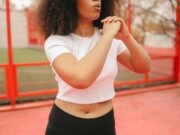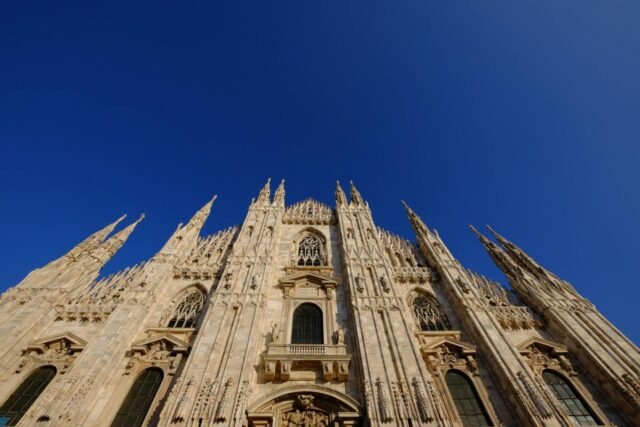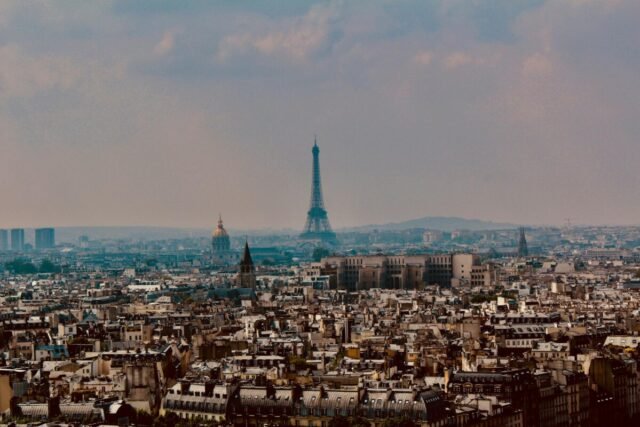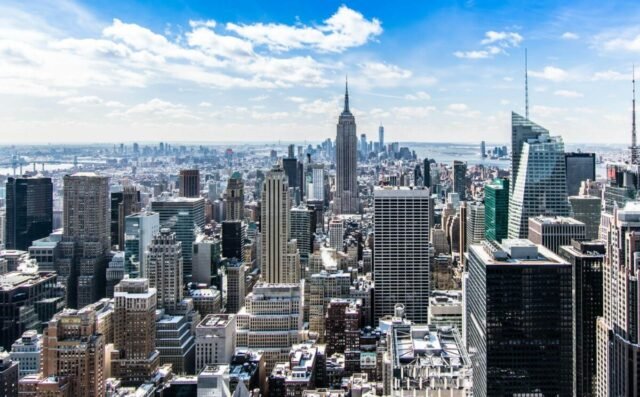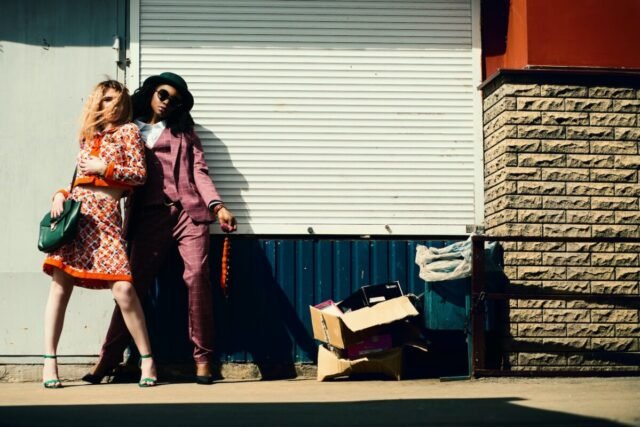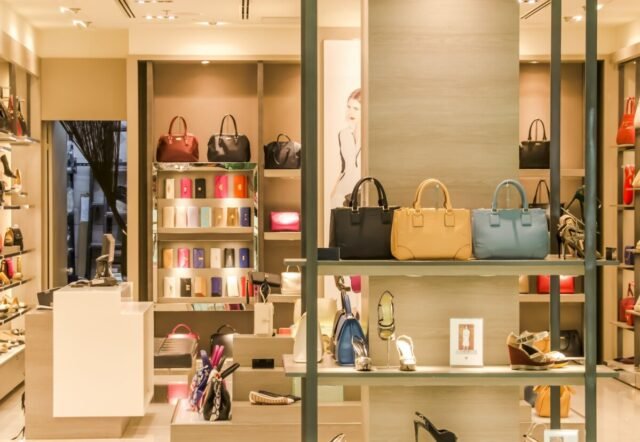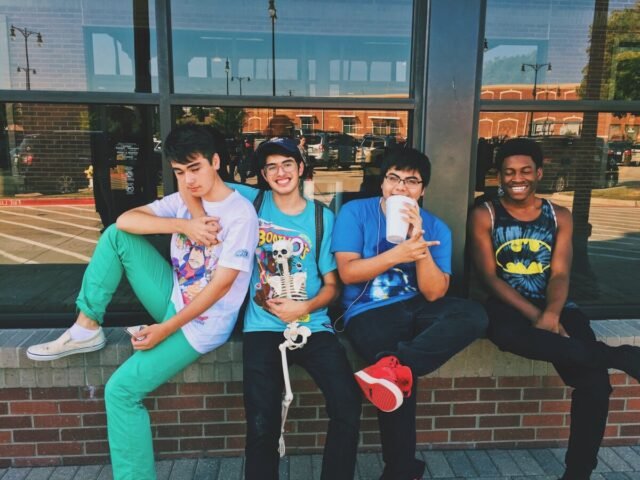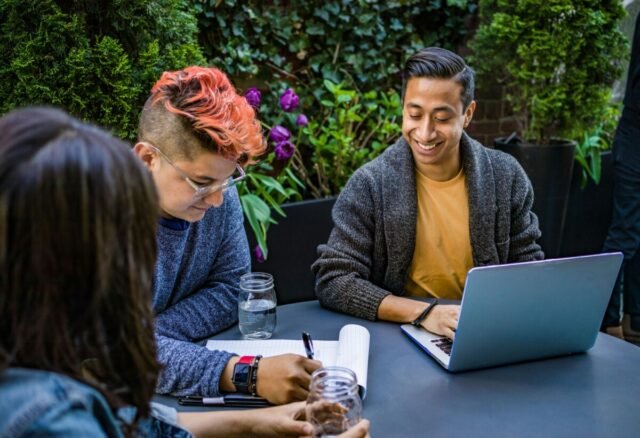Milan Fashion Week: Where Glamour Meets Innovation and Sustainability Takes Center Stage
The vibrant energy pulsates through the streets of Milan. Cameras flash, editors feverishly take notes, and anticipation hangs heavy in the air. Welcome to Milan Fashion Week (MFW), the pinnacle of Italian fashion and a global trendsetter. Twice a year, the city transforms into a runway where the future of fashion unfolds, captivating industry insiders and fashion enthusiasts alike.
Held from February 20th to 26th, 2024, this season’s MFW promises to be an exciting spectacle. With a renewed focus on sustainability and emerging talent, expect to witness groundbreaking designs alongside timeless Italian elegance.
A Deep Dive into the Catwalk Cosmos:
Prepare to be dazzled by a whirlwind of shows and presentations. Renowned houses like Fendi, Prada, and Versace are sure to unveil captivating collections, pushing the boundaries of creativity and craftsmanship. Keep your eyes peeled for rising stars like Marco Rambaldi and Simon Porte Jacquemus, whose unique aesthetics are garnering international acclaim.
Beyond individual collections, this season’s MFW revolves around three key themes:
- Empowering Neutrals: Expect a shift towards warm beiges, soft browns, and versatile greys, offering a sophisticated and timeless statement. Think minimalist silhouettes elevated with luxurious textures and unexpected detailing.
- Bold Textures: Prepare for tactile experiences with playful ruffles, intricate knits, and luxurious wools that add depth and dimension to silhouettes. Imagine chunky sweaters juxtaposed with flowing skirts, or knitted dresses with contrasting textures for a statement look.
- Sustainable Statements: Eco-conscious practices take center stage with recycled materials, upcycled designs, and an emphasis on ethical production. Look for innovative fabrics made from recycled plastics or natural fibers, alongside garments crafted with responsible practices and fair labor conditions.
Designers in the Spotlight:
- Gucci: With Alessandro Michele at the helm, Gucci consistently redefines luxury with a playful and whimsical touch. This season, expect a vibrant celebration of individuality and self-expression, drawing inspiration from various eras and cultures. Imagine flamboyant patterns colliding with unexpected silhouettes, all infused with Gucci’s signature maximalist spirit.
- Versace: The iconic Italian house under Donatella Versace’s leadership is renowned for its bold colors, statement prints, and unapologetic sexiness. This season, expect a powerful and glamorous collection that reinterprets Versace’s signature codes for a modern audience. Think power suits reimagined with vibrant hues, daring mini dresses adorned with animal prints, and an unapologetic celebration of confidence and allure.
- Marni: Known for its avant-garde approach and playful deconstructions, Marni under Francesco Risso has become a favorite among fashion-forward individuals. Look for unexpected color combinations, unconventional silhouettes, and a touch of surrealism in their upcoming collection. Imagine deconstructed trench coats reimagined with contrasting fabrics, dresses with asymmetrical hemlines, and bold accessories that push the boundaries of conventional style.
Celebrity Style Inspiration:
From front-row appearances to street style moments, celebrities add a touch of glamour and intrigue to MFW. Expect to see trendsetters like Zendaya, Bella Hadid, and Harry Styles gracing the shows, each bringing their unique interpretations of the season’s trends. Imagine Zendaya rocking a statement power suit with bold accessories, Bella Hadid redefining street style with a minimalist yet edgy ensemble, and Harry Styles pushing gender boundaries with a flamboyant and playful outfit.
Beyond the Runway: A Feast for the Senses:
MFW isn’t just about the shows; it’s a multifaceted experience that immerses you in the world of Italian fashion and culture.
- Sustainable Fashion Initiatives: Brands like Stella McCartney and Gabriela Hearst are leading the charge towards a more eco-conscious industry. At MFW, expect to see innovative materials like cactus leather, upcycled designs that breathe new life into old garments, and educational initiatives promoting sustainable practices. Discover workshops on mindful consumption, fashion repair techniques, and the latest advancements in eco-friendly fabrics.
- The Future of Fashion: Immerse yourself in cutting-edge technologies shaping the future of fashion. From 3D printing that creates personalized garments to augmented reality experiences that showcase collections in innovative ways, get a glimpse of the future of retail and design. Imagine trying on clothes virtually through AR filters, witnessing the creation of personalized 3D-printed accessories, and exploring interactive exhibits showcasing the intersection of fashion and technology.
- Planning Your MFW Dream: While attending the shows requires industry accreditation, fashion enthusiasts can experience the buzz by attending presentations, open talks, and street style events. Explore vibrant neighborhoods like Brera and Navigli, where pop-up shops and art installations showcase emerging talent.
Indulge in Dolce Vita: Where to Stay and Play in Milan
Soak up the Milanese atmosphere by choosing the perfect accommodation. For a luxurious stay, immerse yourself in historic elegance at the Four Seasons Hotel Milano or the Bvlgari Hotel Milano. For a touch of modern design, opt for the Mandarin Oriental, Milan or the NH Collection Milano Porta Nuova.
Fashionable Foodie Finds:
Milan boasts a diverse culinary scene, catering to every palate. For an unforgettable fine-dining experience, try Cracco, Gucci Osteria, or Il Pescatore. For a taste of traditional Milanese cuisine, head to Trattoria del Pesce, Al Dente, or Lanza Veneta. Don’t miss the chance to indulge in delicious aperitivos at trendy bars like Spritz Bar, Camparino in Galleria, or Terrazza Duomo.
Beyond Fashion:
While fashion takes center stage, Milan offers a wealth of cultural experiences. Visit the Duomo di Milano, a magnificent Gothic cathedral, or explore the Pinacoteca di Brera, housing an impressive collection of Italian art. Step back in time at the Castello Sforzesco, a medieval fortress transformed into a museum complex. Immerse yourself in the world of opera at the renowned Teatro alla Scala.
Embrace Sustainable Luxury:
MFW isn’t just about trends; it’s about mindful consumption and responsible choices. Support eco-conscious brands like Stella McCartney, Gabriela Hearst, and Veja. Discover local vintage shops and consignment stores for unique finds and embrace the slow fashion movement. Participate in clothing swap events or upcycling workshops to contribute to a more sustainable future.
A Fashion Odyssey Awaits
Milan Fashion Week is more than just a fashion event; it’s a cultural phenomenon, a platform for innovation, and a celebration of individuality. Whether you’re a seasoned fashionista or a curious explorer, MFW offers an unforgettable experience. Immerse yourself in the vibrant energy, witness groundbreaking trends, and discover the future of fashion. Remember, fashion is a journey, not a destination. So, pack your sense of adventure, embrace the unique spirit of Milan, and let MFW inspire you to express your own personal style.
